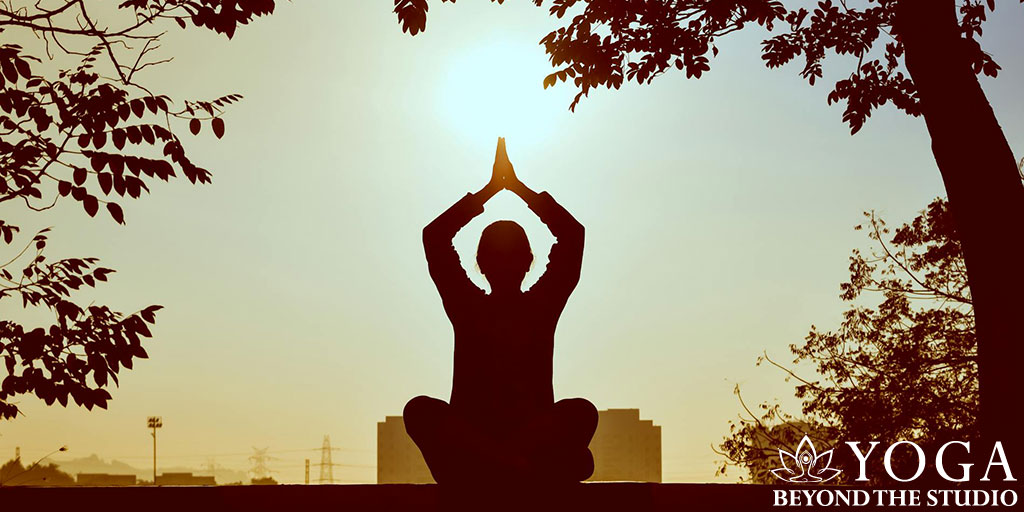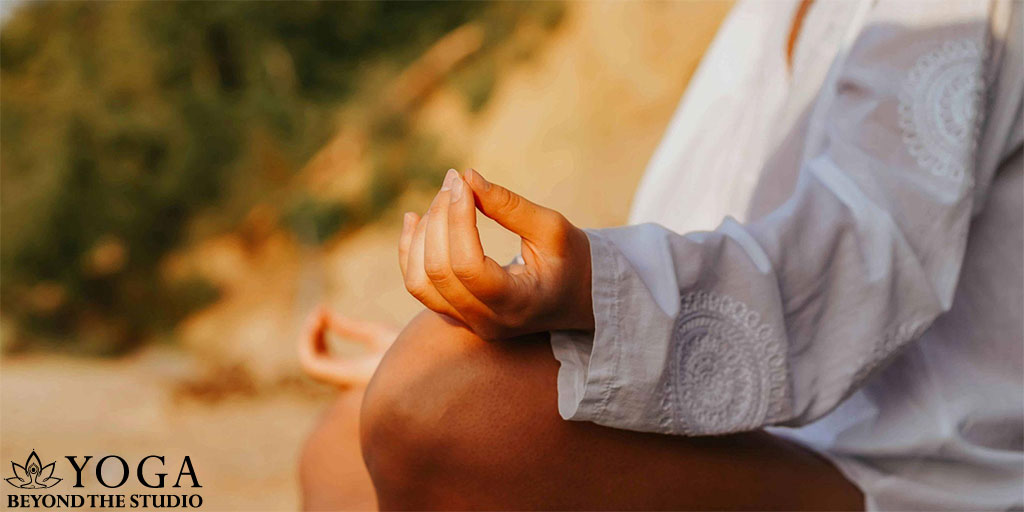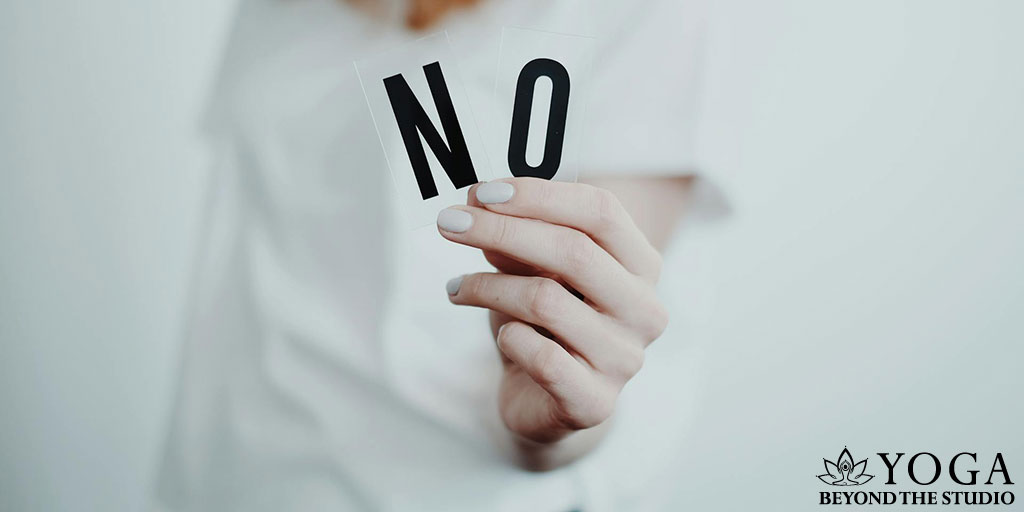
Important Disclaimer
Yoga can be a supportive and healing practice but should not replace professional mental health care. If you are struggling with self-harm, please consult a licensed therapist or medical provider.
Trigger Warning
This article discusses self-harm and related emotional struggles. Reader discretion is advised. If you are in immediate danger or think about harming yourself or others, please call 911 or the 988 Suicide & Crisis Lifeline. You are not alone, and help is available.
Self-harm is often misunderstood as a suicide attempt, but it is usually a separate behavior used to cope with emotional pain. People may resort to cutting, burning, or other self-injurious behaviors to temporarily escape overwhelming feelings, numbness, or traumatic memories.
Most people turn to self-harm when they cannot find a way to process their emotional experiences. This behavior can produce a surge of endorphins and dopamine, creating a short-lived sense of calm and control. Unfortunately, this relief fades quickly, and the person may feel compelled to repeat the behavior, becoming trapped in a difficult cycle. Thankfully, there are ways to move forward, and yoga is one supportive option to explore.
Is Self-Harm Addictive?
Given the cycle it creates, many people wonder, “Is self-harm addictive?” This behavior is reinforced by the brain’s reward system, driven by the desire to reduce emotional discomfort.
Over time, the brain starts to associate self-harm with relief, reinforcing the behavior as a coping mechanism. This makes it more likely the person will return to it when faced with distress. In fact, experts have observed a significant overlap between self-harm and substance use patterns.
How Yoga Can Help Gently Address Emotional Struggles
Yoga offers a compassionate path toward emotional healing. While self-harm pulls you away from your body through pain, yoga gently guides you back through mindful movement and breath. Practicing yoga helps you notice emotions and physical sensations without reacting to them immediately, supporting more grounded responses to difficult experiences.
Trauma-sensitive yoga in particular offers gentle poses and steady breathing designed to soothe the nervous system and reduce the intensity of harmful urges. With regular practice, it becomes easier to tolerate discomfort and respond with self-care.
Yoga also teaches self-compassion, which is key for healing the shame and inner criticism often tied to self-harm. Guided meditations and affirmations reinforce the idea that you deserve kindness, even during hard moments.
The Neuroscience Behind Yoga’s Impact on Self-Harm Prevention
Neuroimaging research has revealed how yoga can reshape brain structures that support emotional regulation. Studies show that people who practice yoga consistently tend to have greater gray matter in areas like the prefrontal cortex, hippocampus, and insular cortex. These regions play critical roles in memory, body awareness, and emotional balance.
One important finding involves the amygdala, the brain’s emotional response center. Yoga appears to reduce both its size and reactivity. This contributes to a more measured emotional response to stress and reduces the likelihood of impulsive behaviors like self-injury.
Yoga’s Impact on Body Appreciation and Self-Compassion
Non-suicidal self-injury (NSSI) often stems from negative body image and low self-worth. Yoga encourages a healthier relationship with the body through mindful awareness and movement. A study discovered that yoga is linked with lower levels of NSSI behaviors.
Studies also showed a strong connection between regular yoga practice and increased body appreciation and self-compassion. These qualities help disrupt the negative cycle of self-harm by fostering respect and care for the body rather than punishment.
Many people who self-harm report a sense of disconnection from their physical selves. Yoga counters this through present-moment awareness, helping you feel more grounded in your body and reducing the emotional distance that often fuels harm.
Breaking the Cycle by Rewiring the Brain
The neurobiology of self-harm resembles that of addiction. Research has identified a pattern that includes distress, temporary relief, and a return to preoccupation with the behavior. Yoga is uniquely suited to interrupt this cycle.
Breathing techniques like pranayama can activate the body’s natural relaxation response, offering calm in the midst of emotional distress. Consistent practice also supports vagus nerve health, which is vital for regulating emotions.
Long-term, yoga helps reshape the brain’s reward system. Studies have shown that yoga and meditation can increase dopamine release in the ventral striatum, which plays a key role in experiencing pleasure. This healthier stimulation of the brain’s reward pathways can help reduce reliance on self-harming behaviors.
Ensuring True Personal Growth Through Yoga
The goal of yoga is not just to stop self-harming behaviors but to promote lasting emotional growth. Yoga fosters self-efficacy, helping you believe in your ability to handle life’s challenges. This growing confidence builds momentum toward continued healing.
Mindfulness gained through yoga supports improvements in mood, energy, self-esteem, and emotional resilience. These internal shifts act as protection against emotional triggers and help you move from just surviving to genuinely thriving.
Yoga also provides a renewed sense of purpose. With time, you may find your practice becomes a space to connect with deeper values and intentions, supporting meaningful change from the inside out.
Practical Tips for Using Yoga to Deal with Self-Harm
Yoga should be approached as a gentle, supportive tool. It is important to coordinate your practice with any professional care you may be receiving.
- Sukhasana with Deep Breathing: Sit cross-legged with an upright spine and breathe slowly. This pose helps activate the body’s calming systems.
- Alternate Nostril Breathing: Helps bring balance to your nervous system and reduce physical signs of anxiety or stress.
- Body Scan Meditation: Lie down in Savasana and gradually bring your attention to each part of your body. This technique supports connection and healing by gently increasing awareness without judgment.
For more yoga practices that support emotional well-being, visit our blog post Yoga for Anxiety: 7 Poses That Can Help Center You.
Expect thoughts and distractions to come up. Instead of resisting them, observe and return to your breath or movement. With time, mindfulness becomes more familiar and the emotional charge tied to harmful urges often lessens.
Practicing yoga for even 15 to 20 minutes daily can help increase endorphins, lower cortisol, and support emotional regulation.
Healing Is Possible
Healing from self-harm is rarely easy, but it is always possible. Combining professional care with consistent, compassionate yoga practice can help you shift from survival to deeper healing.
Yoga nurtures emotional regulation, body awareness, and self-compassion. It equips you with tools to meet life’s challenges with more clarity and calm.
If you’re ready to explore yoga as part of your healing journey, we invite you to book a private session with one of our supportive instructors or join us on a yoga retreat designed to restore balance and reconnect you with your inner strength.





Comments